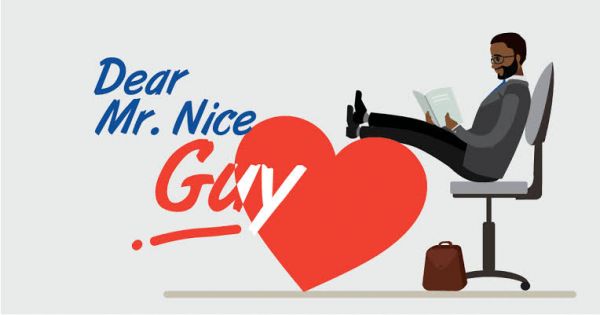At the age of six, between playing hopscotch, riding bikes, and drawing pictures, I learned an important lesson about how teams work based on the story of The Three Little Pigs, where an industrious farm animal and his two brothers built houses made of various materials. Each dwelling looked sturdy from the outside, but only one offered adequate protection when danger arrived.
The lesson? When you build, use something strong enough to shield you from danger.
Is your team built to last?
When managers build teams, they typically utilize nice. They hire nice people and encourage nice interactions, cordial pleasantries, and polite exchanges. Since the house looks pretty good from the outside, they’re baffled by how quickly a couple of huffs and puffs from stress, conflict, and adversity blow the whole thing down, leaving poor retention rates and an unengaged workforce in its wake.
As counterintuitive as it may seem, nice just isn’t enough. In light of trends in the current landscape such as the Great Resignation and a troubling labor shortage, it’s time to reimagine our approach to work and the environments we create. To accomplish this feat, we’ll need Nice’s wiser, more mature older sibling: Kindness.
Research conducted by the Association of Professional Executives of the Public Service of Canada (APEX) found that teams in a respectful, kind environment express 36% more satisfaction with their jobs and are 44% more committed to their organizations.
But aren’t nice and kind the same thing? Not quite. Though similar, kindness is the clear front runner, with the power to motivate teams, boost productivity and foster a culture that attracts and retains top talent.
Here are three reasons to ditch nice in exchange for kind.
Niceness breeds uncertainty
Imagine you’re relaxing outside with your favorite cold drink on a hot, summer day. Your glass is filled with a tasty concoction, perfectly accented with a handful of refreshingly cold ice cubes. You walk away only to return and discover those precious ice cubes of yours have quickly melted in the heat, turning your drink into a watered-down mess.
Such is the existence of the average nice person. Their polite disposition quickly fades when the heat rises. If they encounter someone who isn’t as courteous as they are, they aren’t acknowledged for their nice gestures or they’re simply under stress, they melt. In turn, other team members often feel burdened by the chore of navigating their shifts in temperament.
In contrast, kind people aren’t swayed by external factors. They stand firm in their internal conviction to be respectful, even if the favor isn’t returned. Because of their consistency, they earn trust and gain influence with ease, regardless of their job title.
Nice people want to be liked
While nice and kind people may display similar behaviors, their motivation is quite different.
For nice people, other people’s opinions are paramount. They take great care to manage their reputation, especially in front of people they deem important. Their actions and behaviors are performative.
Kind people also want to be thought well of, however, that’s not what drives them. They are primarily motivated by what they can give, even if there’s no immediate payoff. They see through the eyes of empathy and can connect to others’ needs. Their focus on genuine goodwill with no strings attached helps team members feel safe and valued.
Niceness slows progress
Hesitant to rock the boat, nice people may avoid conflict and shy away from raising dissenting opinions. Their strong desire to be liked almost always wins the day, meaning they might let a team member touch the proverbial hot stove without speaking up in order to avoid an uncomfortable conversation. In these cases, their passivity slows progress as the team experiences costly setbacks from bad decisions that could have been avoided.
Kind people have the courage to respectfully speak the truth, even if they won’t be considered nice for doing so. Their boldness promotes problem-solving, drives innovation, and increases productivity.
Create a culture of kindness
What can you do right now to create a culture of kindness in your workplace? Start with something the majority of The Three Little Pigs forgot to do: Test what you’ve built to see if it can stand up to the elements.
Conduct an assessment to find out where you fall on the nice/kind spectrum. Here’s how it works: Ask three colleagues if they would describe you as nice or kind, as described in this article. Their answers will heighten your self-awareness and shed light on blind spots you may need to address.
While this type of self-reflection is beneficial for everyone, it’s especially critical for people managers. Teams expect managers to foster a healthy atmosphere by leading by example. Moreover, they look to their managers to protect the culture by holding others accountable.
Regardless of your role, the most control you have over your work environment is how you show up in it. When we assess our own motives and behavior and make the necessary adjustments, we have the power to create and cultivate kind spaces where everyone can thrive.
Kelly D. Parker is the founder and lead consultant at KDP Co., empowering companies to transform their workplace culture with the power of kindness.

